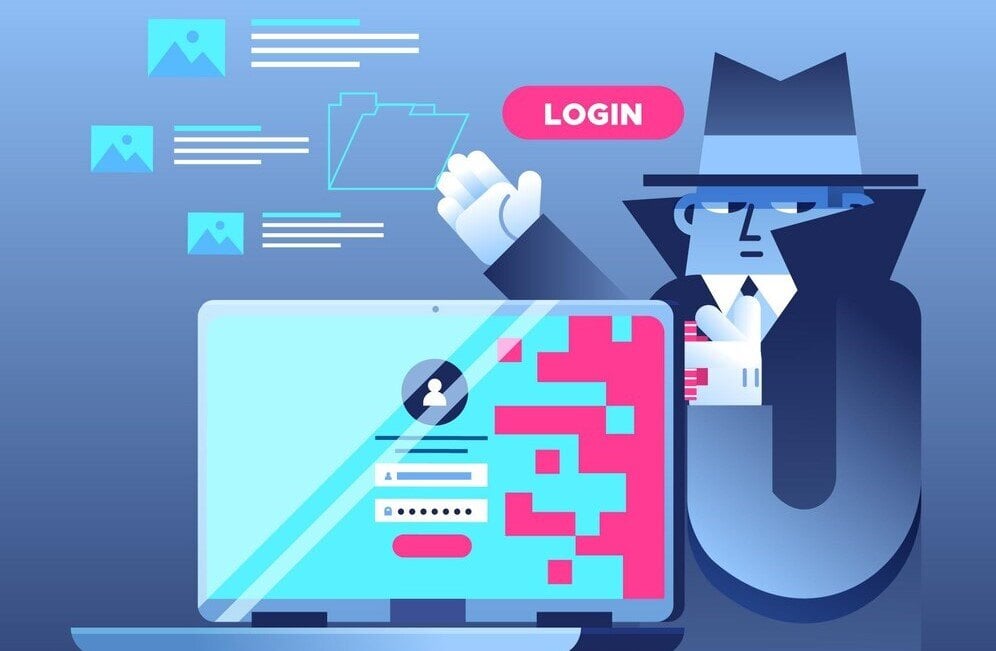A look at the threat and dynamics behind cyber attacks
If last week we discussed the Medusa ransomware and the danger it poses to critical sectors such as healthcare and education, today we will explore the ransomware ecosystem as a whole. In addition to Medusa, there is a complex network of groups and actors involved in the development, distribution, and monetization of ransomware, operating primarily on darknet markets. This underground cyber infrastructure is fueling the rise of attacks, amplifying the risks to global organizations.
In recent years, ransomware threats have become increasingly common and sophisticated, affecting organizations of all sizes and across various sectors. These attacks not only block access to critical data, but also cause major financial losses and significant reputational damage. However, the ransomware ecosystem is not limited to a lone attacker; behind these incidents is a complex and well-organized network of actors and processes that fuel this underground industry. We will further explore the dynamics of the ransomware ecosystem, the actors involved and the life cycle of the stolen data.
What is ransomware? Ransomware is a type of malicious software (malware) that encrypts the victim's data and demands a reward for decryption. After the files are encrypted, the attacker sends a message to the victim, demanding an amount of money (usually in cryptocurrencies like Bitcoin) in exchange for the decryption key. Refusal to pay the reward may result in permanent data loss or, in some cases, leakage of sensitive information.
The Ransomware Ecosystem – A Well Organized Underground Network. Ransomware is not the product of a single person or group. It is part of a vast and interconnected ecosystem fueled by the collaboration of various cyber actors around the world. Several important components and actors can be distinguished within this ecosystem:
Cyber attacker groups (Ransomware-as-a-Service - RaaS): These actors offer ransomware as a service. They develop and provide the necessary infrastructure for other criminals to launch attacks. Basically, they function as cyber service providers, providing software and support to implement attacks.
Affiliates: These are the ones who use the ransomware provided by the RaaS groups to carry out the actual attacks. They usually receive a percentage of the ransom paid, while the rest goes to the ransomware developers.
Financial Intermediaries (Launderers): After a ransom is paid, these funds must be "laundered" to be converted into money that can be used without raising suspicion. Financial intermediaries in the ransomware ecosystem are responsible for this process.
Initial Access Brokers (IABs): These specialize in the initial compromise of networks and sell access to them to ransomware groups. For example, they can compromise a network using phishing or exploiting security vulnerabilities, and then sell access to attacker groups to deploy ransomware.
The life cycle of stolen data, once the ransomware is launched and the victim's data is stolen or encrypted, a new process begins: the life cycle of the stolen data. This cycle includes several stages, each contributing to the maximum exploitation of the data and extending the impact of the attack.
Data theft: In many cases, before encrypting files, attackers extract sensitive data. This step is crucial because it creates additional pressure on the victim to pay, out of fear that their data will be made public or sold.
Data Monetization: After stealing data, attackers try to monetize it by selling it on darknet markets. For example, financial data, personal information or account credentials can be sold to other criminals who want to use them for fraudulent purposes.
Ransom: This is the central stage of the ransomware attack, where the attackers demand money to provide the decryption key. Unfortunately, even if the victim pays, there is no guarantee that the data will be decrypted or that the attackers won't demand other sums of money later.
Auctioning off data: If the victim refuses to pay the ransom, the data can be auctioned off on illegal darknet markets, where it can be purchased by other criminal groups to be used for illicit purposes.
The evolution of underground markets and the impact on the ransomware ecosystem. Darknet marketplaces are critical to the efficient functioning of the ransomware ecosystem. Here, cybercriminals sell and buy access to stolen data, malicious software and hacking services. Over time, these markets have evolved and diversified, allowing for the development of new attack models and monetization techniques.
The ebook "Uncovering the Hidden Corners of the Darknet" explores the dark corners of these underground markets, providing a detailed look at how stolen data circulates and is traded. Also, the evolution of the ransomware ecosystem is analyzed in a blog post entitled "A Comprehensive Look at the Evolution of the Cybercriminal Underground", which highlights how collaborations between criminals and the development of sophisticated RaaS platforms have made ransomware attacks more accessible and dangerous.
How to beat cyber crime? In the face of these threats, organizations must take a proactive approach and constantly improve their security measures. The Defeat Cybercrime page offers tips and strategies for combating cybercrime, from using advanced security solutions to educating employees about security risks and best practices.
The ransomware ecosystem is extremely dynamic and complex, consisting of multiple layers of actors collaborating to extort money from victims. Understanding how this ecosystem works and the lifecycle of stolen data is crucial to developing effective defenses. As attacks continue to evolve, businesses and individual users must remain vigilant and adopt increasingly sophisticated security measures to prevent and combat these cyber threats.
For this, Aliant has advanced cyber security solutions in its portfolio, which include antivirus protection, proactive monitoring and recovery solutions in case of ransomware attacks. ![]() Request a Tech Talk! Let's discuss customized solutions for your business.
Request a Tech Talk! Let's discuss customized solutions for your business.




Comments